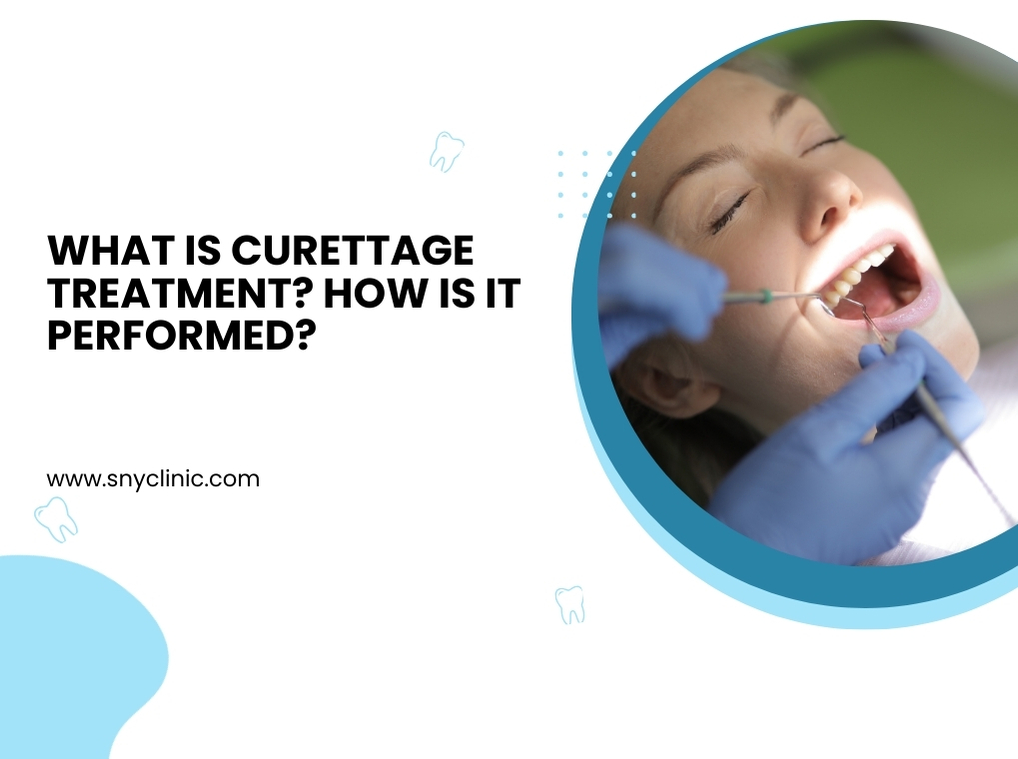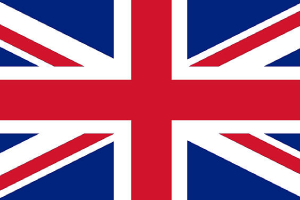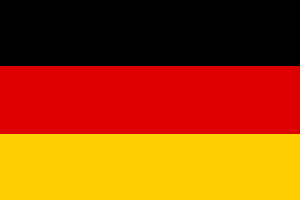
What is Curettage Treatment? How is it Performed?
What is Curettage Treatment? How is it Performed?
One of the most common problems threatening oral and dental health is gum disease. If gum inflammation (gingivitis) is not treated at an early stage, it can progress and damage the tissues supporting the teeth. In such cases, one of the effective methods that can be applied is curettage. Curettage is a treatment option that restores the health of the gums and plays an important role in preventing tooth loss.
What is Curettage Treatment?
Curettage is the process of cleaning bacterial plaque and tartar accumulated under the gums using special instruments. This method aims not only to clean the visible surface of the tooth but also to remove inflamed tissues accumulated in gum pockets and root surfaces.
Purpose:
- To reduce gum inflammation,
- To clean and smoothen the root surface,
- To ensure gums reattach firmly to the tooth, and
- To create a healthier oral environment.
When is Curettage Treatment Necessary?
Tartar cleaning (scaling) involves removing deposits from the visible surfaces of teeth. However, when gum disease progresses, the gum pockets deepen, and routine cleaning becomes insufficient. At this point, curettage comes into play.
Curettage treatment is usually applied in the following cases:
- Gum recession and bleeding,
- Persistent bad breath,
- Teeth mobility or feeling of gaps,
- Gum pockets deeper than 4 mm,
- Gum swelling and inflammation.
How is Curettage Treatment Performed?
The curettage procedure is performed by a periodontology specialist and is usually carried out under local anesthesia. The stages of the treatment can be summarized as follows:
1. Examination and Diagnosis
The depth of the gum pockets is measured first. Inflamed areas are identified through clinical examination and X-ray images.
2. Local Anesthesia Application
Local anesthesia is applied for the patient's comfort, ensuring no pain is felt during the procedure.
3. Cleaning of Plaque and Tartar
Plaque and tartar inside the gum pockets are removed using special curette instruments.
4. Root Surface Smoothing (Root Planing)
The root surface is smoothed, making it harder for bacteria to reattach.
5. Healing of the Gum
After cleaning, the gum tissue reattaches more firmly to the tooth. With regular care, a healthy healing process begins.
What Should Be Considered After Curettage Treatment?
- Avoid extremely hot or cold foods for the first few days after the procedure.
- Do not smoke or consume alcohol, as these negatively affect the healing process.
- Follow your dentist’s oral care recommendations.
- Continue regular brushing and flossing.
- Do not skip follow-up appointments.
Benefits of Curettage Treatment
- Eliminates gum inflammation.
- Significantly reduces bad breath.
- Stops gum bleeding.
- Minimizes the risk of tooth loss.
- Provides a healthier and more aesthetic smile.
Curettage treatment is an extremely effective method to stop the progression of gum diseases and achieve a healthy oral structure without losing teeth. With early diagnosis and regular care, oral health can be preserved through this procedure.
If you experience issues such as gum bleeding, bad breath, or gum recession, consult a dentist to learn whether curettage treatment is suitable for you.




